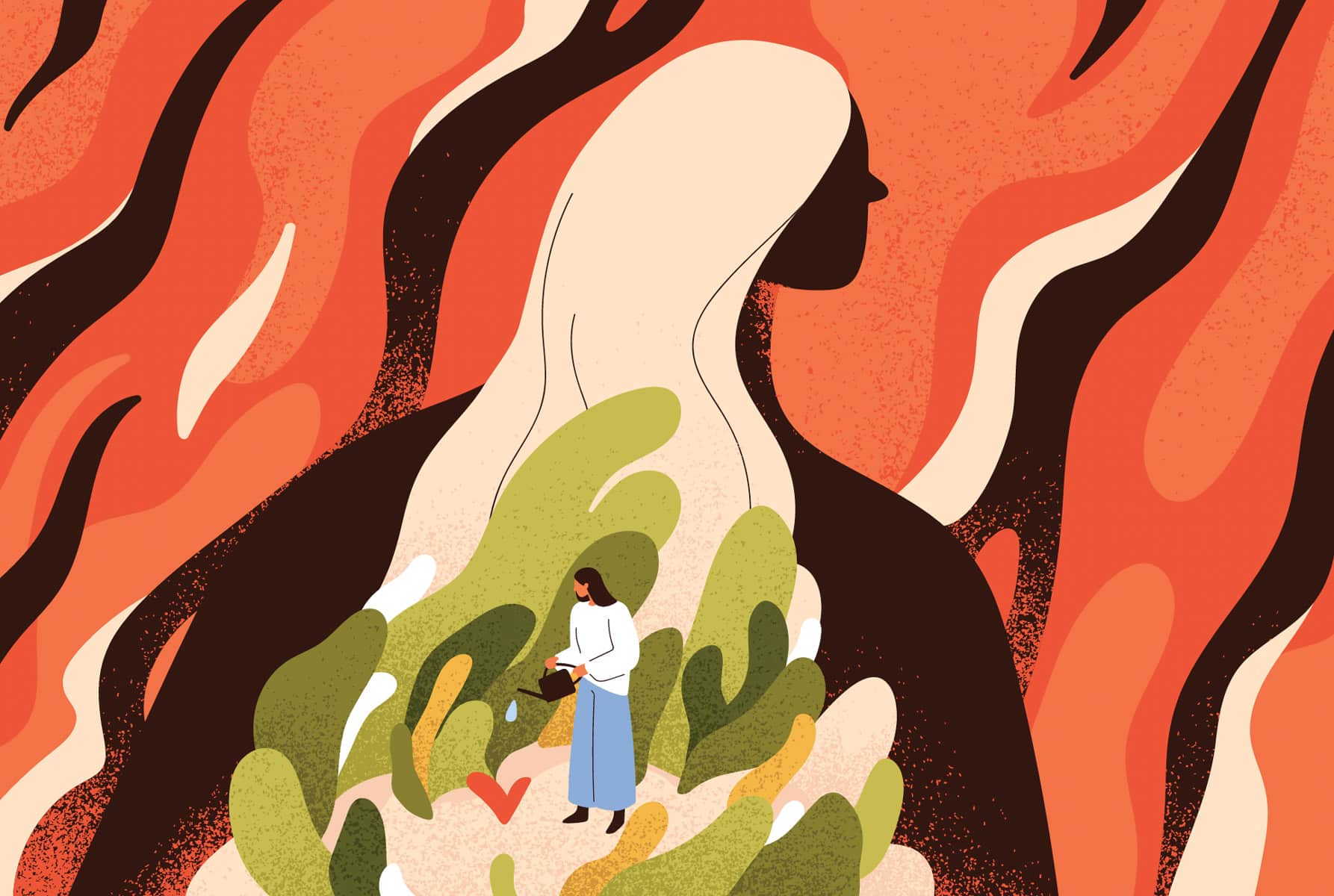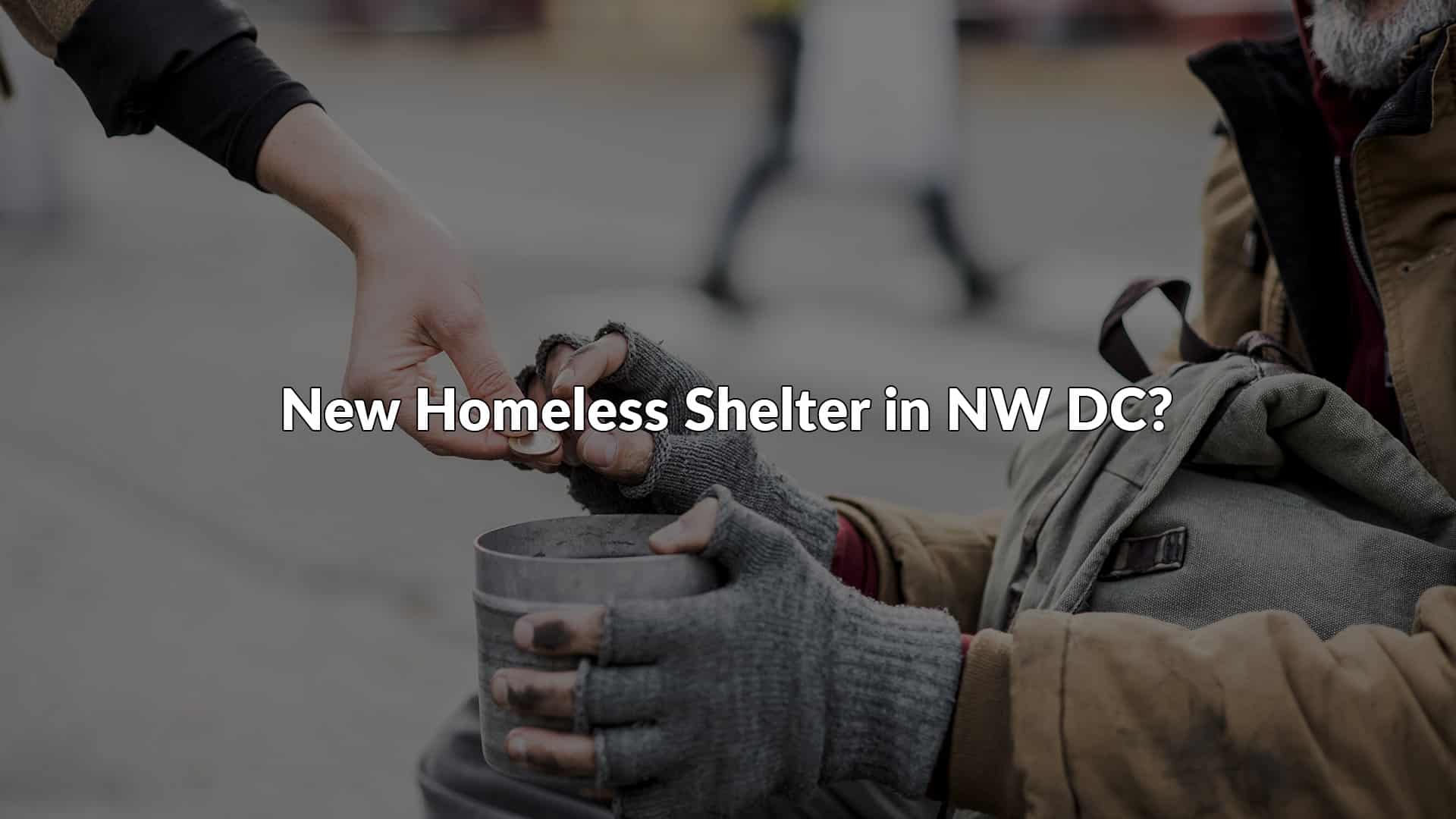Kids in the justice system or foster care system are very disproportionately at risk for trafficking compared with the general population of children,” states Rob Marus of the Office of the Attorney General for the District of Columbia. Numerous studies have found a strong correlation between human trafficking and the foster care system, finding that between 50% and 98% of juvenile human trafficking survivors were part of the foster care system at some time during their lives.(2) As of 2016, there were 437,465 children in foster care nationwide, including 2,459 children in DC,(3) constituting a significant portion of the population both locally and nationally. Considering the large number of children currently in the foster care system, it is imperative that we make efforts to reduce their risk of trafficking.
How Do Traffickers Lure Foster Children Into Commercial Sexual Exploitation?
Children in the foster care system are particularly vulnerable as they have been removed from their parents and must adjust to living with a new family. During this transition, youth may struggle to feel accepted and loved. Traffickers capitalize on this vulnerability and develop relationships with these youth.
Some children have been in the foster care system for years, bounced around from foster home to foster home.(4) One trafficking survivor who grew up in the foster care system noted that some foster families indicated that they housed their foster child solely for the monthly payment, making these children feel that they were only a commodity.(5) When youth lack a caring and stable home life, they are at risk of being trafficked because traffickers skillfully build relationships by feigning genuine care and affection for the youth.
In some cases, children run away from their foster homes. They may seek refuge from abusive or neglectful foster care situations, overly restrictive homes, or return to their biological families.(6)
Traffickers choose locations such as bus stops, train stations, or malls(7) to recruit youth because they know youth frequent these places after running away.
Many times, a trafficker will approach a young person as a potential romantic partner.(8) These “Romeos” promise love, acceptance, and family, which the youth is currently missing from his or her life or never had.(9) These “Romeos” promise to take the youth away to build a happy future together. However, once they are living together, the traffickers ask or demand that the youth work in the commercial sex industry to help pay the bills.(10)
In other cases, the trafficker appears as a friend who offers the child a place to escape from foster care or homeless shelters.(11) Then, much like the “Romeo,” the trafficker will demand that the child engage in sex work to contribute to the household bills or to pay for rent.(12)
Finally, foster youth may also be vulnerable to traffickers after they have “aged out” of the foster care system and are no longer eligible to receive services.(13) With no job, financial support, or shelter, these youth often feel that they have no choice but to engage in sex work to keep a roof over their heads or food in their stomachs.(14) Seeing their reliance on sex work for survival, traffickers then take advantage of youth and employ methods of force and coercion to keep them in trafficking situations.(15) As a result, youth may feel that there is no alternative but to stay in a situation of commercial sexual exploitation.
Foster Care Systems in DC, Maryland, and Virginia
In 2017, Human Trafficking Search – a database of studies, publications, and information regarding trafficking – released an evaluation of each state’s foster care system regarding factors that can lead to foster youth trafficking.(16) This study evaluated factors including: the age a child would no longer be eligible for foster care, housing options provided for those who age out of the foster care system, policies promoting care given by relatives, and whether potential foster parents are disqualified if they are on the sex offender registry or have been convicted of trafficking.(17) The maximum score that a state could receive was 32, with a higher score indicating a state system that has better protections in place for children in foster care.
Washington, DC
DC received a score of 21.5 out of 32.(18) While DC did fairly well in extending foster care provisions to the age of 21, it was lacking when it came to policies promoting kinship care and disqualifying applicants who had either been on the sex offender registry or been convicted of trafficking.(19) DC also does not provide a tuition waiver program for foster youth attending college.(20) Promoting education and job-training for youth in foster care is key to enabling them to support themselves and avoid trafficking situations once they age out. Amara urges the DC Child and Family Services Agency to support youth as they age out of foster care and to enhance their screening for trafficking among foster care and runaway youth so that youth can be connected to appropriate services. In particular, foster care youth are often categorized as troubled or discounted as runaways by agency staff and law enforcement personnel who miss the signs of trafficking. It is imperative for child welfare staff and law enforcement to recognize the vulnerabilities and victimization of trafficked youth instead of labeling youth as disobedient or criminal because they have run away.
Maryland
Maryland received a score of 18.5 out of 32.(21) While the state extended foster care provisions to the age of 21 and provided resources for youth that age out of the system, Maryland was lacking in its protections for LGBTQ+ youth and policies promoting kinship care.(22) In particular, Maryland needs stronger laws to protect homeless LGBTQ+ youth from discrimination by shelters and housing providers. With limited access to safe shelter, LGTBQ+ youth are at greater risk for trafficking and exploitation. Although Maryland has non-discrimination laws in place regarding placement of youth in foster care based on sexual orientation, it is also necessary to add anti-discrimination policies on the basis of the youth’s gender identity. (23)
Virginia
Virginia received a score of 13.5 out of 32.(24) While Virginia provides foster care until the age of 21, including housing assistance, the state was lacking when it came to protecting LGBTQ+ youth in the foster care system, promoting kinship care, and disqualifying foster care guardian applicants who are on the sex offender registry or have been convicted of trafficking or domestic violence.(25) In addition, there are no state laws to address LGBTQ+ youth homelessness or to address reporting of trafficked youth in foster care.(26) Finally, Amara urges policymakers to enact safe harbor laws in Virginia that would prevent minors from being charged with prostitution and would instead connect youth involved in commercial sex with relevant social services.
Foster Care, Human Trafficking, and the DC Area
Here in the Washington, DC metropolitan area, the correlation between the foster care system and human trafficking is readily apparent. An estimated 73% of foster children in DC come from Wards 7 and 8,(27) the same wards where a majority of Amara’s clientele live. As a community, we must advocate for better protections for youth in foster care. While these youth find themselves in foster care by no fault of their own, they are subject to a greater risk of trafficking as traffickers prey upon their vulnerability. Moving forward, Amara urges policymakers to improve applicant screening processes for foster care guardians, enhance protections for LGBTQ+ youth, and create a feedback process for foster youth to decrease the risk of homelessness and trafficking.
- Meghan Cloherty, Identifying and training kids at risk of human trafficking in DC, WTOP, (Jan. 19, 2018), https://wtop.com/dc/2018/01/identifying-and-training-kids-at-risk-of-human-trafficking-in-dc/.
- See Michelle Lillie, An Unholy Alliance: The Connection Between Foster Care and Human Trafficking, Human Trafficking Search, 4 (Dec. 1, 2015), https://humantraffickingsearch.org/wp-content/uploads/2017/09/An-Unholy-Alliance_The-Connection-Between-Foster-Care-and-Human-Trafficking.pdf.
- Number of area children in foster care declines for eighth consecutive year, Metropolitan Washington Council of Governments, (July 13, 2017), https://www.mwcog.org/newsroom/2017/07/13/number-of-area-children-in-foster-care-declines-for-eighth-consecutive-year-adoption-foster-care-foster-child-foster-parent-kids-need-families-like-yours-wednesdays-child/.
- See Natasha E. Latzman, Deborah A. Gibbs, Rose Feinberg, et al., Human trafficking victimization among youth who run away from foster care, Children and Youth Services Review 98 (2019), 119. See also ICF International (on behalf of the Children’s Bureau), At Risk for Sex Trafficking: Youth Who Run Away From Foster Care, Child Welfare Library, 4, https://library.childwelfare.gov/cwig/ws/library/docs/capacity/Blob/100462.pdf?r=1&rpp=10&upp=0&w=+NATIVE%28%27recno%3D100462%27%29&m=1.
- See Malka Saada Saar, Stopping the Foster Care to Child Trafficking Pipeline, The Huffington Post, (Oct. 29, 2013), https://www.huffpost.com/entry/stopping-the-foster-care_b_4170483?guccounter=1; Elise Hilton, Our Foster Care System Is Becoming a “Pipeline” for Human Trafficking, Acton Institute Blog, (July 23, 2014), https://blog.acton.org/archives/70997-foster-care-system-becoming-pipeline-human-trafficking.html.
- Latzman, Gibbs, Feinberg, et al., supra note 5, at 119.
- American Bus Association, What is Human Trafficking?, https://www.buses.org/about/join-aba-in-the-fight-against-human-trafficking, (“Human traffickers use bus terminals and bus stops as recruiting areas when they’re looking for vulnerable people, primarily minors and young adults, to exploit.”).
- Marin County Coalition to End Human Trafficking, The Traffickers – And How They Work, Marin County Coalition to End Human Trafficking, https://www.mcceht.org/the-traffickers.
- Id.
- Lilie, supra note 4, at 9-10.
- See Edgar Walters, Neena Stija, and Morgan Smith, When foster care couldn’t help this sixteen-year-old, she ran to a pimp, Kens 5 News, (Feb. 14, 2015), https://www.kens5.com/article/features/when-foster-care-couldnt-help-this-16-year-old-she-ran-to-a-pimp/408467708.
- Id.
- Lilie, supra note 4, at 3.
- Id. at 8.
- See Liza Kane-Hartnett, The Foster Care-Human Trafficking Nexus, Human Trafficking Search, (Jan. 16, 2018), http://humantraffickingsearch.org/foster-care-and-human-trafficking-nexus/. See also Eliza Reock, Discussions on Foster Children Aging Out of System & Holes in Current Support Networks, Shared Hope International, (Feb. 16, 2015), https://sharedhope.org/2015/02/discussions-on-foster-children-aging-out-of-system-holes-in-current-support-networks/.
- See Firas Nasr, Nora Coyne, Joanna DiBiase, and Winnie Chu, Foster Care and Human Trafficking: A State-by-State Evaluation, Human Trafficking Search, (2017), https://humantraffickingsearch.org/wp-content/uploads/2017/09/Foster-Care-Report.pdf.
- Id. at 5-14.
- Id. at 31.
- Id. at 32.
- Id. at 31.
- Id. at 55.
- Id. at 55-56.
- Id. at 56.
- Id. at 107.
- Id. at 107-08.
- Id.
- Child and Family Services Agency, DC Families for DC Kids, n.d., (accessed June 3, 2019), http://www.fosterdckids.org/.



